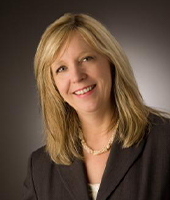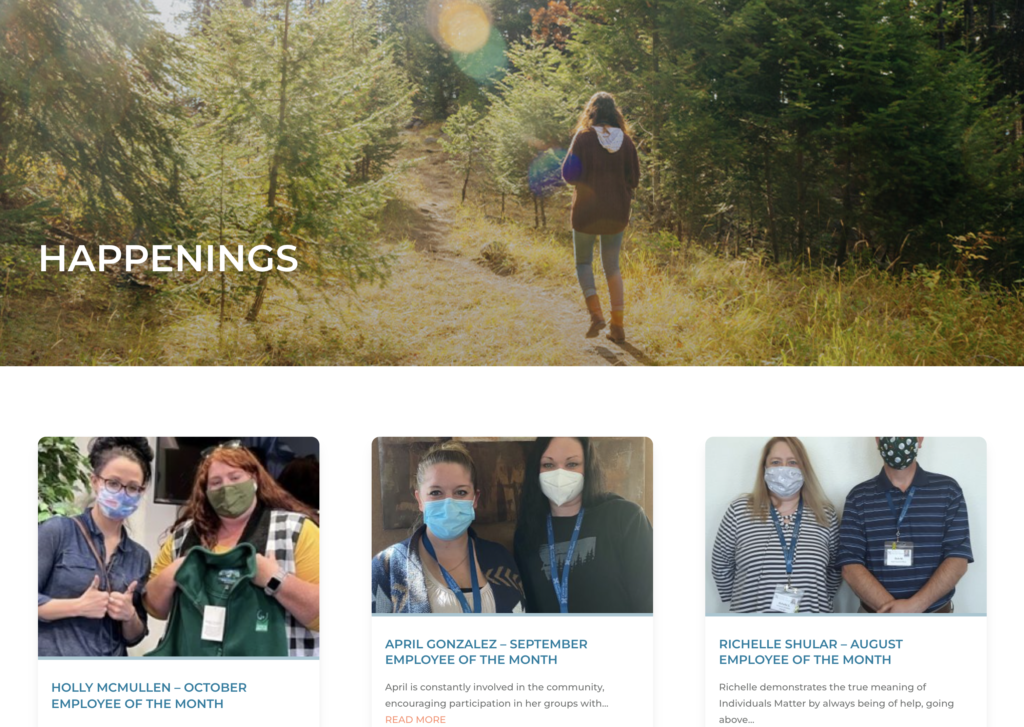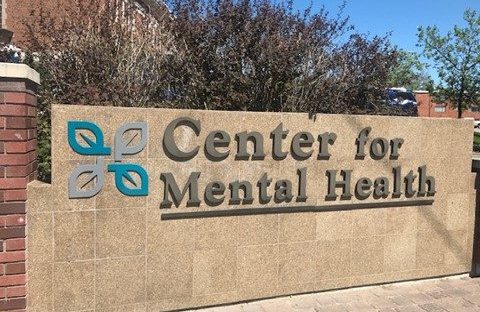In an effort to connect BHAM member organizations to one another, and so we can all familiarize ourselves with the work being done by our neighbors, we are creating a series of Member Spotlight posts, which will appear on our site throughout the year. Our hope is that you learn a bit more about other organizations whose work parallels your own, and you expand your network around the state of Montana.
Take a minute to learn about the Center For Mental Health, and join us in celebrating their dedication and successes.

Sydney Blair,
Center For Mental Health
1. What is your name and the name of the organization you represent? Sydney Blair, LCSW, CMHP, Chief Executive Officer for the Center for Mental Health
2. Where can we find your website? www.center4mh.org
3. Where in Montana are you located? North Central Montana- Corporate office in Great Falls. Offices also in Helena, Havre, Cut Bank, Conrad, Choteau, Townsend, Boulder and White Hall.
4. Tell us a bit about your organization, and the sort of work it does? We are a regional community mental health center serving 15 Counties. The Center for Mental Health’s (formally known as North Central Montana Community Mental Health Center and Golden Triangle Community Mental Health Center) mission originated from the need to deinstitutionalize individuals with a chronic mental illness out of the state hospital back into the community by providing housing and supportive mental health services for community stabilization. Our services expanded to support the vulnerable population that we were serving. Presently, we provide services in 11 different locations throughout 15 counties for children, adults, veterans and those with substance use disorders. Also, we have a continuum of services to include: a tiered system of community based residential services for adults, adult and youth case management, Assertive Community Treatment teams, outpatient mental health therapy, anger management group, substance abuse counseling, Prime for Life courses, vocational services, tenancy services, care coordination, peer support, in-home services for families, school based services, psychiatric services, medication monitoring, Medicated Assisted Treatment, primary health exams, nursing and follow up.
5. Doing the kind of work you do can be both rewarding and challenging. What are some of the biggest ongoing challenges your organization faces as it works to accomplish its goals? Some of our challenges are not unique to other providers in Montana in that our payment structure has not kept up with the cost of living and it is therefore difficult to maintain the work force to deliver the services. However I would also state that service delivery is moving to a place of consumer choice and empowerment. This is both exciting and challenging time in our field. Most people are beginning to embrace the connection of the well mind to that of health as well as the economic and community impact if a person is unwell. The stigma seems to be changing at a very rapid rate. Also changing are the models that empower individuals to drive their personalized care. The challenge for organizations is to have adequate safety nets built in that allow the client to experience set-backs while supports are there to help them make healthy decisions.
6. Tell us about some of your accomplishments, and what you are most proud of as an organization? We are very proud of our efforts within the last year to build a Medicated Assisted Treatment program, expand Addiction services by partnering with a well-established addition services provider, building of a new residential facility, our CCBHC expansion grant status and expand Assertive Community Treatment teams into 15 counties that currently have limited services for those with an enduring mental illness. We pride ourselves on providing quality services.
7. Respecting the privacy of any individual(s), can you relay to us a story (or two or three!) about a time or situation that had a personal, positive impact on you in the course of doing your job? The Center signed up to be a part of the Governor’s Angel Initiative. Since that time, we have received two out of two calls to provide quick access for an evaluation and treatment recommendation. The Wednesday before Christmas Eve, we received a call around 3pm from Rimrock the agency shepherding the call center for this initiative. Rimrock indicated that they received a call from Cascade County Sheriff’s office dispatch. The individual asked for help. This person had a warrant out for their arrest which was lifted in order for the person to be evaluated and receive treatment. Our dually licensed therapist in Havre conducted an evaluation at 5 pm via telehealth. It was determined that the person needed inpatient treatment as a result of their Heroine use. Our clinician worked with Rimrock to put qualify this person for inpatient treatment.
8. What are some pros and cons to working in behavioral health in Montana? Our lower state population sometimes means you cannot build or sustain progressive models of care. Transportation, housing and access to the appropriate level of care are real issues and the current reimbursement rate structure doesn’t support in its configuration an equal incentive to recruit, train and retain for quality service delivery. Montana has a disproportionate number of individuals with behavioral health needs and we have a significant work force shortage that is not being addressed through sustainable rates for service.
9. Thinking of the population you serve, and the areas of behavioral health you are most involved with, if you could snap your fingers to make one change, what would it be? Providers would get paid for actual cost. Stakeholders would have a more realistic outlook on what it takes to implement new initiatives and meet objectives and the qualifying paperwork would be streamlined to promote access. We would be able to recruit new talent to fill open positions and the luxury of time to sufficiently training them for their role.
10. If you had to give a shout out to another BHAM organization for doing exceptional work, what org would it be? Why? There are several organizations that I would acknowledge for their exceptional work; Intermountain for creatively working with FQHC’s to broaden children’s services, Rimrock for their vision of expanding their footprint, and the many initiatives to decrease substance related deaths and preventive care. And lastly Gateway Community Services for working with the FQHC’s to provide quality addiction services in several communities. I am very proud of the associates within our BHAM membership that have applied for larger federal grants to expand services and engage new models of care in Montana.
11. Any other shout-outs or kudos for Montana’s behavioral health heroes? Mary Windecker has successfully built and stabilized our provider community into one voice with one vision. This association will result in changes in behavioral health that Montana has not seen in decades. The ability for our leaders to put aside our differences to see a bigger picture as to what can be as well as the road to get there is very rewarding.
12. What else would you like the world to know about your org.? Our agency is highly committed to helping each individuals find wellness and recovery. Our leadership is not only dedicated to our clients that receive services but in building a strong employee team within.
To learn more about the Center For Mental Health, and to see what they have going on, visit their website and check out their Happenings page.

